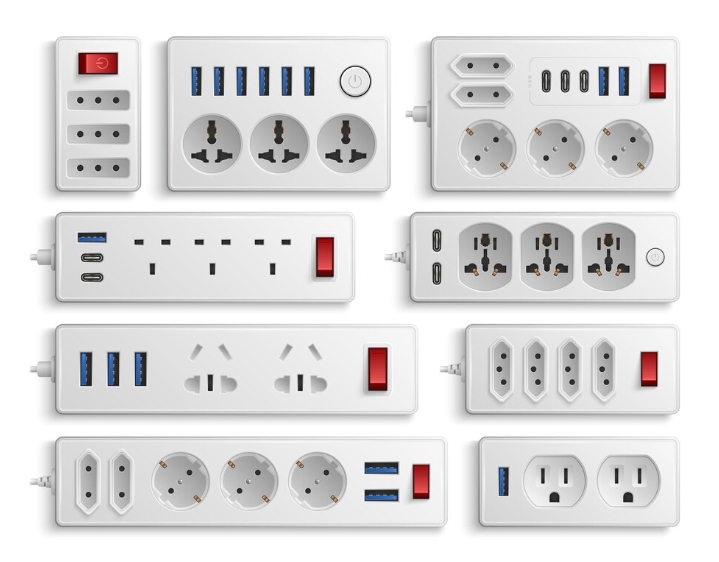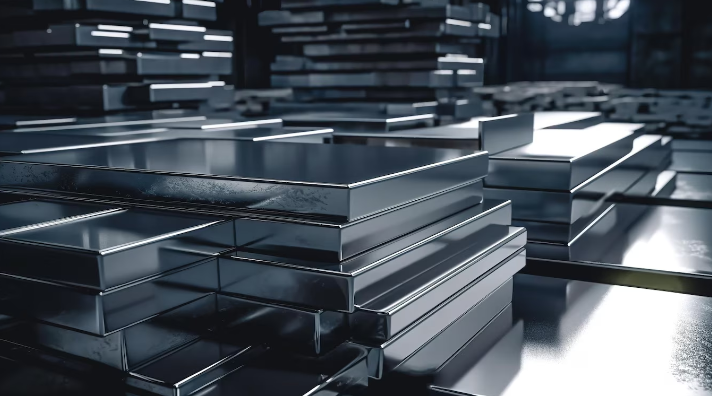IGBT vs SCR Rectifiers: A Comparative Analysis for Metal Finishing
Introduction
In metal finishing applications such as electroplating, anodizing, and electropolishing, the use of a precise and consistent power source is crucial for achieving high-quality results. The selection of the appropriate power source depends on several factors, including efficiency, reliability, and consistency of output. Two commonly used options are Insulated Gate Bipolar Transistor (IGBT) switch mode rectifiers and Silicon-Controlled Rectifiers (SCR) thyristor rectifiers. This paper aims to discuss the benefits and limitations of both options and the importance of automation in metal finishing processes.
IGBT Switch Mode Rectifiers
IGBT switch mode rectifiers are renowned for their high efficiency, rapid response time, and precise programming capabilities, which make them ideal for automated processes. They employ a high frequency switching mechanism to convert AC power to DC power, resulting in a smooth DC output. This smooth output is essential in metal finishing processes that require consistent results. The precise programming capabilities of IGBT switch mode rectifiers allow for the automation of processes, which improves the accuracy and consistency of the output. This feature is especially beneficial in processes that require high precision and consistency, such as electroplating.
IGBT switch mode rectifiers possess a compact footprint and low maintenance requirements, resulting in cost savings in the long run. Their high efficiency and rapid response time reduce power consumption, which also leads to cost savings. Automation of the process using IGBT switch mode rectifiers can further improve efficiency and reduce labor costs. These features make IGBT switch mode rectifiers a highly sought-after choice in many industries.
SCR Thyristor Rectifiers
Industry has used SCR thyristor rectifiers in electroplating applications for decades because of their high reliability and robustness. They offer a stable DC output, which is crucial in metal finishing processes where consistency is key. We achieve this stability using a thyristor device that can control the flow of electricity. The SCR thyristor rectifiers’ robustness makes them suitable for harsh environments, such as those found in industrial settings.
However, SCR thyristor rectifiers exhibit lower efficiency when compared to IGBT switch mode rectifiers, resulting in higher power consumption and operating costs. This inefficiency is because SCR thyristor rectifiers use a linear voltage regulation mechanism, which leads to significant power losses. Additionally, their response time is slower than that of IGBT switch mode rectifiers, making them less suitable for processes that require high precision and rapid response time.
Selection of Power Source
The selection between IGBT switch mode rectifiers and SCR thyristor rectifiers ultimately depends on the specific requirements of the metal finishing process at hand. While both have their advantages and disadvantages, it is essential to evaluate the functions and capabilities of each technology to determine the optimal fit.
If the metal finishing process requires high precision and consistency, IGBT switch mode rectifiers are often the optimal choice because they offer superior accuracy and consistency, higher efficiency, and lower power consumption than SCR thyristor rectifiers. However, if the process involves harsh environments and requires a stable DC output, SCR thyristor rectifiers may be the better choice. The selection of the appropriate power source depends on the specific needs of the process, and the factors mentioned above should be considered when making this decision.
Importance of Automation in Metal Finishing Processes
The utilization of automation can provide several benefits in metal finishing processes, including consistent output, reduced labor costs, and increased efficiency. Ampere hour reading and the application of current during electrolysis are crucial capabilities that can be automated to improve the accuracy and consistency of the process. Automating the metal finishing process using IGBT switch mode rectifiers is especially beneficial because of their precise programming capabilities.
Learn More
Revolutionizing Electroplating: Cutting-Edge Advances in Bismuth and Tin Plating Technologies

Posted By:Venkat Raja
Mar 16, 2023
Tags:







